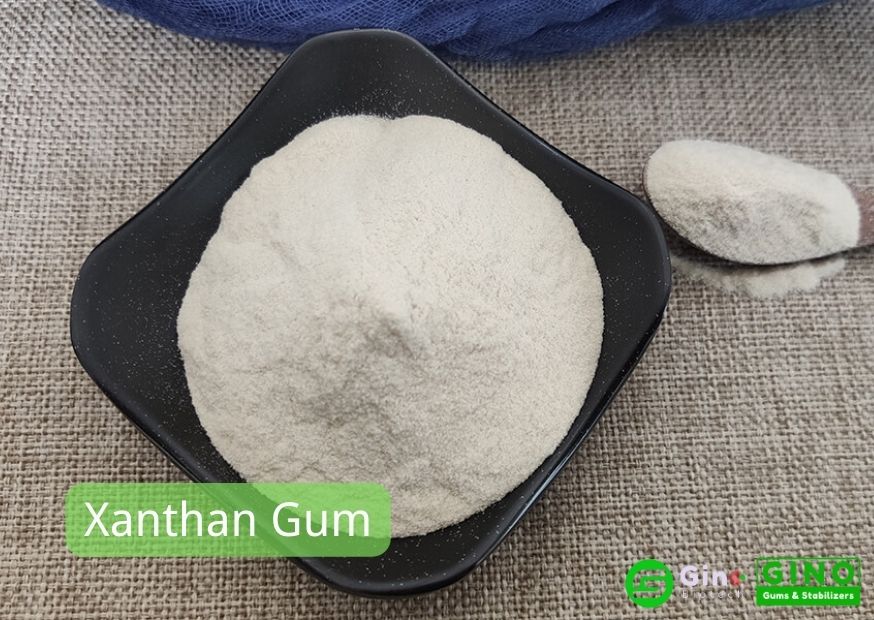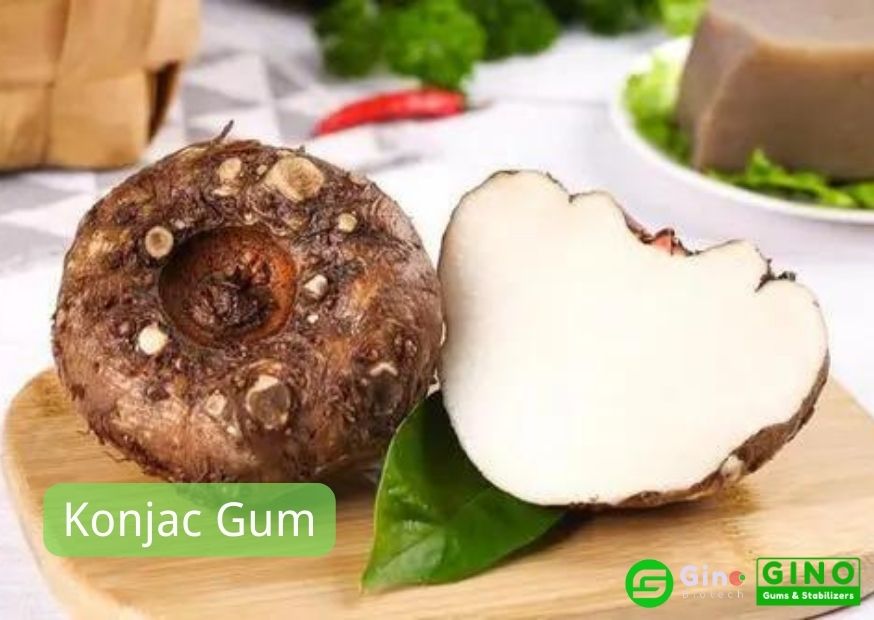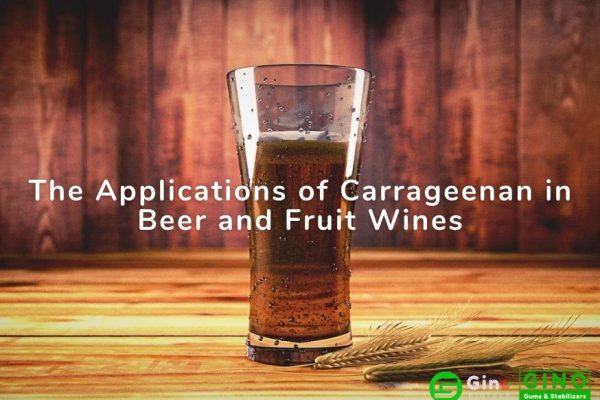What are the Most Commonly Used Edible Gums in Meat Products? 7 Meat Binders
Edible Meat Binders
Edible gum, also known as hydrocolloid and hydrosol, is a common food ingredient and is widely used in the food processing industry. Many foods we usually eat have edible gum added inside, such as jelly, candy, yogurt, dumplings, cakes, and so on.
Edible gum (hydrocolloid) is a widely used food additive in the world. In the meat industry, edible gums as meat binders can improve the quality of meat products, increase adhesion and water retention, give the product a good taste, and also improve the yield of meat products.
So in the current implementation of GB 2760-2014 National Food Safety Standard for Food Additives, which edible gums can be used in meat products?

Commonly Used Meat Binders
Name of Meat Binders | Source | Functions | Food Applications |
Seaweeds | Thickening, Gelling, Stabilizing, Protein reaction | Minced meat, ham sausage, meatballs, pasta products, beverages | |
Microbial | Thickening, Stabilizing, Emulsifying, Suspending | Ham, luncheon meat, red sausage, minced meat products | |
Guar Gum | Plant | Thickening, Water retention, Binding | Pasta, meat products |
Plant-Konjac | Thickening, Gelling, Stabilizing, Filming | Meat products, confectionery, dairy products, beverages, pasta products | |
Locust Bean Gum-LBG | Plant-Locust Bean | Thickening, Gelling, Binding, Water retention | Jams, jellies, meat products, beverages |
Gelatine | Animal (Skins & Bones) | Thickening, Gelling, Emulsifying, Binding, | Meat products, candy, health food |
Seaweeds | Thickening, Gelling, Stabilizing | Meat products, jelly |
According to the currently implemented GB 2760-2014 GB 2760-2014 National Food Safety Standard for Food Additives, the main meat binders (edible gums) added in meat products are Carrageenan, Xanthan gum, Guar gum, Konjac gum, Locust bean gum, Gelatine, Agar and other gums.
1. Carrageenan in Meat Products Application
Carrageenan is currently one of the most commonly used meat binders in meat products.
Because carrageenan can combine with proteins to form a huge network structure, it can keep a lot of water in meat products, reduce the loss of meat juice, and form good elasticity and toughness.
Carrageenan also has a good emulsification effect, stabilizing fat, thus improving the yield of products, and is mainly used in the production of minced meat and ham products, and the amount added is generally 0.2% to 1.5%.

2. Xanthan Gum in Meat Products Application
Xanthan gum is also one excellent meat binder. In meat products, it can significantly improve the water retention, tenderness, color, and flavor of the product, mainly used in ham, luncheon meat, red sausage, and other minced meat products.
The amount of ham is generally about 1%, and the amount of luncheon meat and red sausage is generally 0.1% to 0.5%.

3. Guar Gum in Meat Products
Guar gum is mainly used as a thickener, binder, and water-holding agent in meat products, usually used alone or in combination with other edible gums.
It is slightly inferior to xanthan gum and other microbial colloids in terms of heat and acid resistance, but it is one of the most widely used hydrocolloids in the world because of its low price.

4. Konjac Gum in Meat Products Application
Konjac gum has a variety of physical and chemical properties such as thickening, stabilization, suspension, gel, film, binding, etc., so it is an ideal food additive.
Konjac gum is extremely versatile, it can be used in meat products as thickeners, stabilizers, gelling agents, and meat binders.

5. Locust Bean Gum in Meat Product Applications
Locust bean gum is often used in combination with other edible gums as a thickening agent, water retention agent, and gelling agent. If it interacts with xanthan gum, carrageenan, guar gum, etc., it can improve its viscosity and form a gel.

6. Gelatin in Meat Products Application
Gelatin can improve the taste and nutritional value of meat products, emulsify, thicken and protect color, and improve the yield of products. It is mainly used in ham and canned food, and the recommended amount of addition in ham and canned food is 2%, which can make the product form a smooth surface with good transparency.

7. Agar Agar in Meat Products
Agar is a seaweed-based hydrocolloid, insoluble in cold water and easily soluble in hot water. Agar has solidifying properties and stability in food industry applications, it can form complexes with some substances and can be used as a thickener, gelling agent, emulsifier, preserving agent, and stabilizer. It forms a strong gel and can give the product a certain shape, but in excess the product structure will be rough, too hard and the surface will be easily shrunken and wrinkled.
In the meat canning process, generally add 0.2% to 0.5% agar, which can effectively bond the minced meat and form the gel.

New Meat Binders
It can be said that edible gum plays an important role in the production of meat products, with the development of science and technology and social progress, some new meat binders in the food industry have emerged, such as Curdlan, Flaxseed (Linseed) gum, Gellan gum, etc., They gradually began to be applied in meat products, in addition to the nature of traditional edible gum, these new edible gums also have special properties.
For example, Curdlan, with its unique property of not melting at high temperatures, has a very important value in meat processing.
Using this property, the development of meat restructuring can be carried out, so that meat products maintain the tissue state of the product without physical deformation when heated.
Related Articles
Recent Posts

We are a biotech company specialized in the research, development and commercialization of innovative and technological food additives hydrocolloids Agar Agar, Carrageenan and Tailor-Made Stabilizer Solutions.
With the extended know-how and experience in the research, application and use of Hydrocolloids, we could provide one-stop-shop customized solutions perfectly matched to the needs of our customers.
Our products cover the needs of the Meat, Dairy, Bakery, Confectionery and other industrial sectors.













